Fake Louis Vuitton Vs Real Bag

The allure of owning a Louis Vuitton bag, a symbol of luxury and status, is undeniable. However, a dark undercurrent flows beneath this glittering surface: the pervasive trade in counterfeit goods. These fakes, often indistinguishable from the real thing to the untrained eye, flood the market, defrauding consumers and damaging the brand's reputation.
The counterfeit Louis Vuitton market is a multi-billion dollar industry, impacting legitimate businesses, funding criminal activities, and deceiving consumers. This article delves into the intricacies of this illicit trade, exploring the differences between authentic and fake bags, the methods used to identify counterfeits, and the measures being taken to combat this global problem.
The Scale of the Counterfeit Problem
The International Anti-Counterfeiting Coalition (IACC) estimates that counterfeiting costs the global economy hundreds of billions of dollars annually. Luxury goods, including Louis Vuitton products, are among the most frequently copied items. The proliferation of online marketplaces and social media platforms has made it easier for counterfeiters to reach consumers worldwide.
According to a 2023 report by the Organisation for Economic Co-operation and Development (OECD), China remains the leading producer of counterfeit goods, accounting for a significant proportion of global seizures. The ease of access to manufacturing resources and a lax regulatory environment contribute to this problem. The report also highlighted an increase in counterfeits originating from other countries like Turkey and Vietnam.
Distinguishing the Real from the Fake
Identifying a genuine Louis Vuitton bag requires a keen eye and attention to detail. While counterfeiters are becoming increasingly sophisticated, there are still telltale signs that can help consumers spot a fake. These key indicators are stitching, materials and hardware.
Stitching and Construction
Authentic Louis Vuitton bags boast impeccable stitching. The stitches are even, precise, and perfectly aligned. Counterfeits often exhibit uneven, sloppy stitching, with loose threads and inconsistencies in spacing.
The craftsmanship of a real Louis Vuitton is unparalleled. The structure will be robust and durable. A fake bag often feels flimsy and poorly constructed.
Materials and Hardware
Louis Vuitton uses only the highest quality materials. The leather is supple and durable, while the hardware is solid and substantial, usually made of brass or gold-toned metal. Counterfeits typically use cheaper, inferior materials that lack the look and feel of the real thing. The hardware on a fake bag may be lightweight, easily scratched, or prone to tarnishing.
Examine the canvas pattern carefully. On authentic bags, the monogram pattern is symmetrical and consistently spaced. Counterfeits may have misaligned patterns or variations in the size and placement of the monogram.
Serial Numbers and Date Codes
All authentic Louis Vuitton bags have a date code (since the early 1980s), indicating the week and year of manufacture, and the location where the bag was made. These codes are usually stamped inside the bag, often in a discreet location. Counterfeiters often neglect to include date codes or use incorrect or nonsensical codes. However, it's important to note that a date code alone doesn't guarantee authenticity, as counterfeiters are now including them in their fakes.
A serial number indicates the product's authenticity, but this is a newer practice and not used on all products. It is essential to verify the serial number with Louis Vuitton directly when buying from a non-authorized dealer.
The Legal Battle Against Counterfeiting
Louis Vuitton has a dedicated team of lawyers and investigators who actively pursue counterfeiters around the world. They work with law enforcement agencies to raid factories, seize counterfeit goods, and prosecute those involved in the illegal trade. The brand also invests heavily in technology to track and remove counterfeit listings from online marketplaces.
LVMH, the parent company of Louis Vuitton, has a long history of aggressively protecting its intellectual property. They have filed numerous lawsuits against counterfeiters, successfully shutting down factories and online retailers involved in the trade. These actions demonstrate the company's commitment to combating counterfeiting and protecting its brand image.
However, the fight against counterfeiting is an ongoing challenge. Counterfeiters are constantly adapting their methods to evade detection. The global nature of the internet makes it difficult to track and shut down all sources of counterfeit goods. Consumers also play a role in perpetuating the problem by knowingly purchasing fake items.
Consumer Awareness and Protection
Consumers can protect themselves from purchasing counterfeit Louis Vuitton bags by buying directly from authorized retailers, such as Louis Vuitton boutiques or reputable department stores. Be wary of deals that seem too good to be true, as these are often red flags for counterfeit products.
Before purchasing a bag from a reseller, carefully inspect the item and compare it to images of authentic Louis Vuitton bags online. Pay close attention to the stitching, materials, hardware, and date code. If possible, seek the opinion of an expert authenticator before making a purchase.
If you suspect you have purchased a counterfeit item, report it to the retailer or online marketplace where you bought it. You can also file a complaint with the Federal Trade Commission (FTC) or the International Anti-Counterfeiting Coalition (IACC). Remember, buying counterfeit goods not only harms legitimate businesses but also supports criminal activities.
The Future of Counterfeiting
As technology advances, counterfeiters are likely to become even more sophisticated in their ability to replicate authentic products. However, advancements in authentication technology, such as blockchain and near-field communication (NFC), offer hope for improved counterfeit detection and prevention.
Louis Vuitton and other luxury brands are also exploring new ways to use technology to protect their intellectual property. These may include embedding unique identifiers into products, using advanced imaging techniques to detect subtle differences between real and fake items, and leveraging artificial intelligence to identify and remove counterfeit listings from online marketplaces. The ongoing battle between luxury brands and counterfeiters will continue to evolve, with technology playing an increasingly important role.
Ultimately, combating the counterfeit Louis Vuitton market requires a multi-faceted approach, involving collaboration between brands, law enforcement agencies, online marketplaces, and consumers. By raising awareness, implementing stricter regulations, and utilizing advanced technology, we can work together to protect consumers and safeguard the integrity of luxury brands.
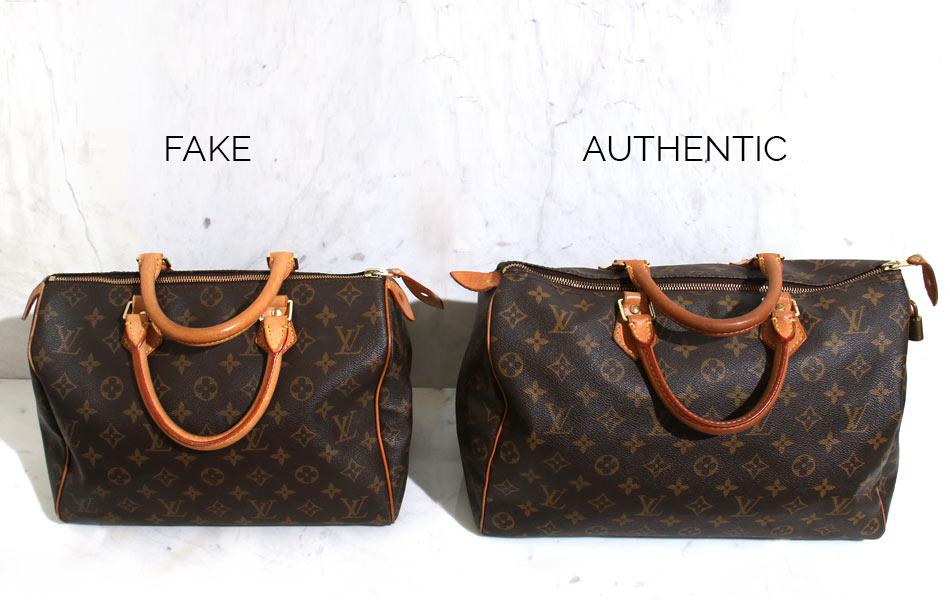
![Fake Louis Vuitton Vs Real Bag [GUIDE] Louis Vuitton Neverfull Fake vs Real (50 Examples) | LVBagaholic](https://cdn.shopify.com/s/files/1/0003/3492/1742/articles/affiche_7b365d0d-bb7e-4977-a8eb-9560fdc347ea_1000x1000.jpg?v=1643616795)
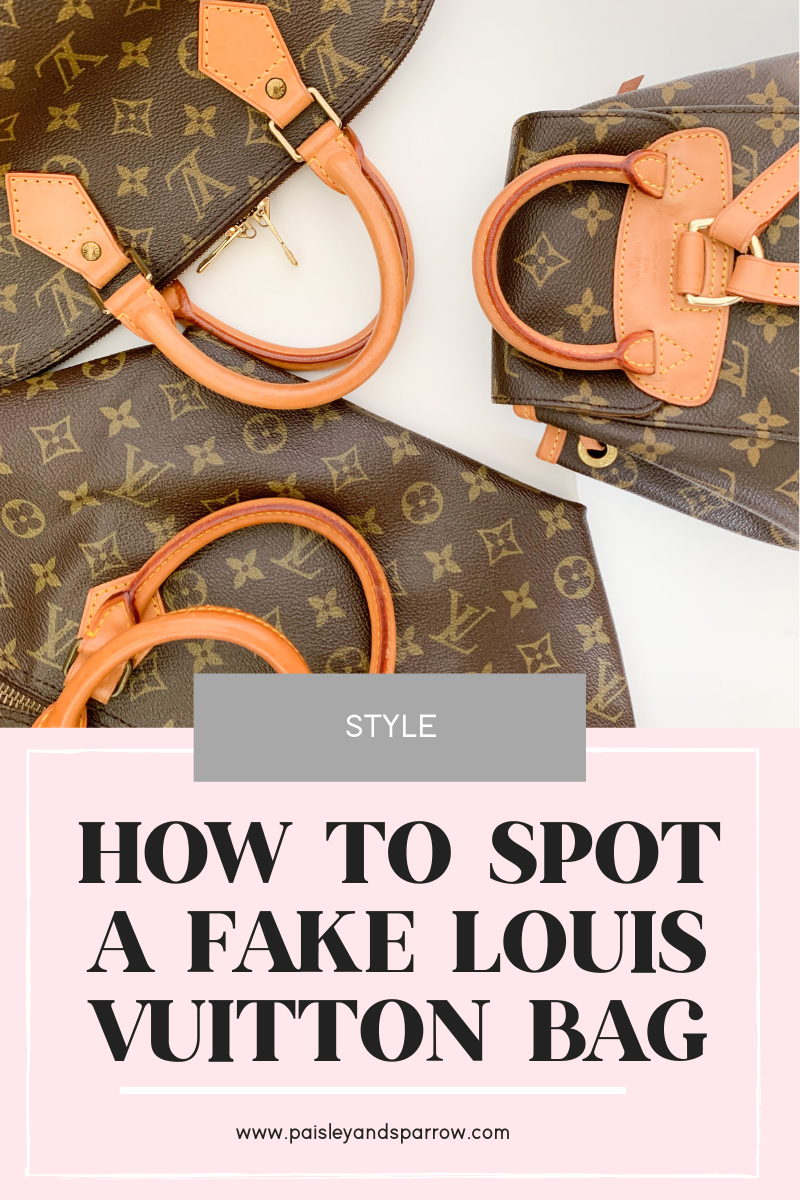
![Fake Louis Vuitton Vs Real Bag How To Spot Real Vs Fake Louis Vuitton Bag [2023 Update] – LegitGrails](https://cdn.shopify.com/s/files/1/0094/6307/0798/files/How_to_Spot_Real_Louis_Vuitton_Handbags_img6.jpg?v=1666091606)
![Fake Louis Vuitton Vs Real Bag How To Spot Real Vs Fake Louis Vuitton Bag [2023 Update] – LegitGrails](https://cdn.shopify.com/s/files/1/0094/6307/0798/files/Louis_Vuitton_Bag_Authentication_img9.jpg?v=1666154620)

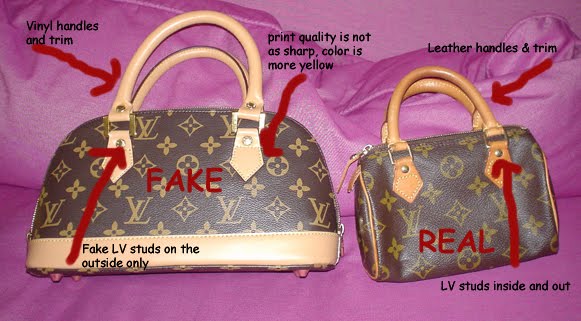
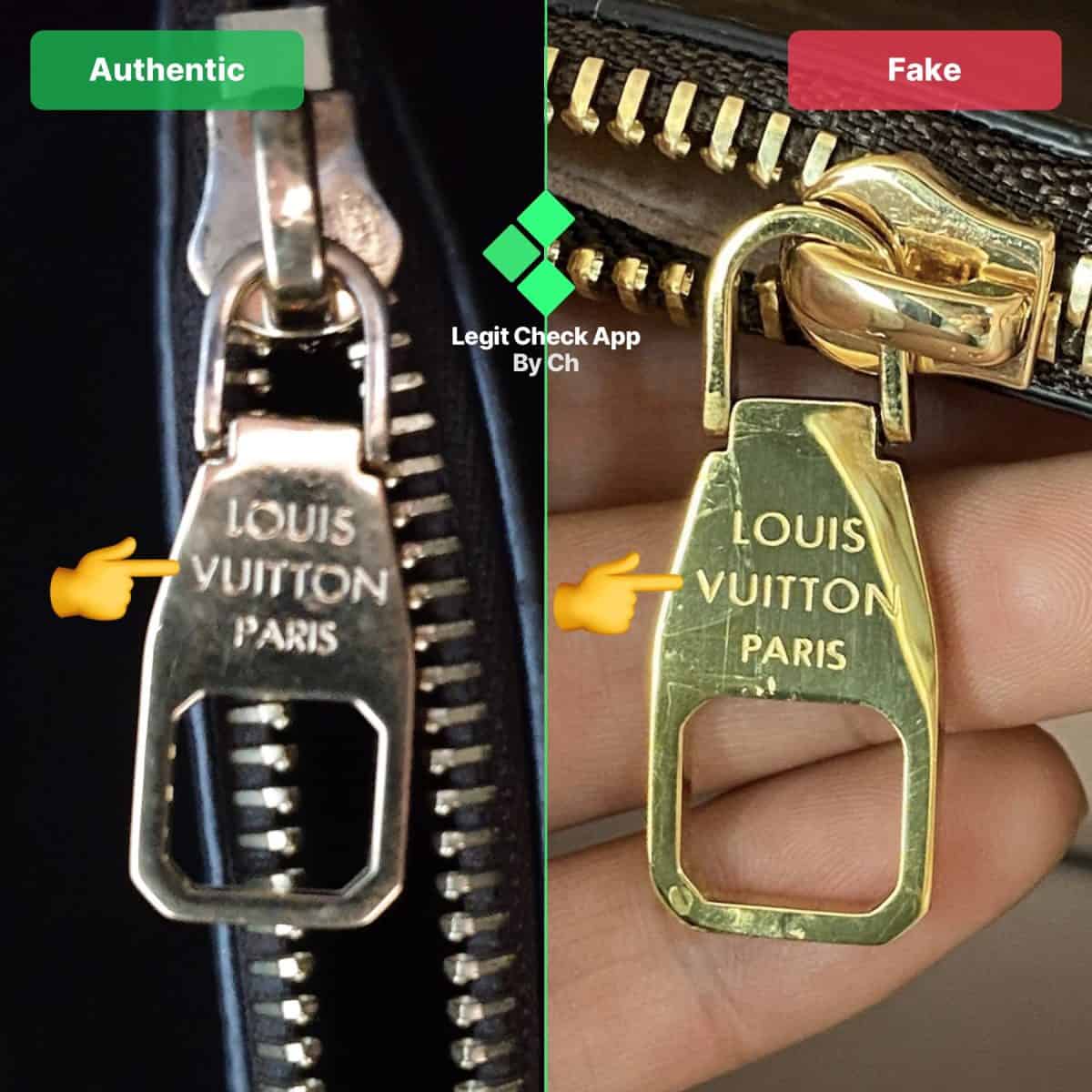

![Fake Louis Vuitton Vs Real Bag How To Spot Real Vs Fake Louis Vuitton Bag [2023 Update] – LegitGrails](https://cdn.shopify.com/s/files/1/0094/6307/0798/files/Louis_Vuitton_Bag_Fake_Vs_Real_img3.jpg?v=1665914989)
![Fake Louis Vuitton Vs Real Bag How To Spot Real Vs Fake Louis Vuitton Bag [2025 Update] – LegitGrails](https://cdn.shopify.com/s/files/1/0094/6307/0798/files/The_Damier_Pattern_1024x1024_34dadf50-3397-4cae-acd5-1cd7046ef94b.webp?v=1717500406)
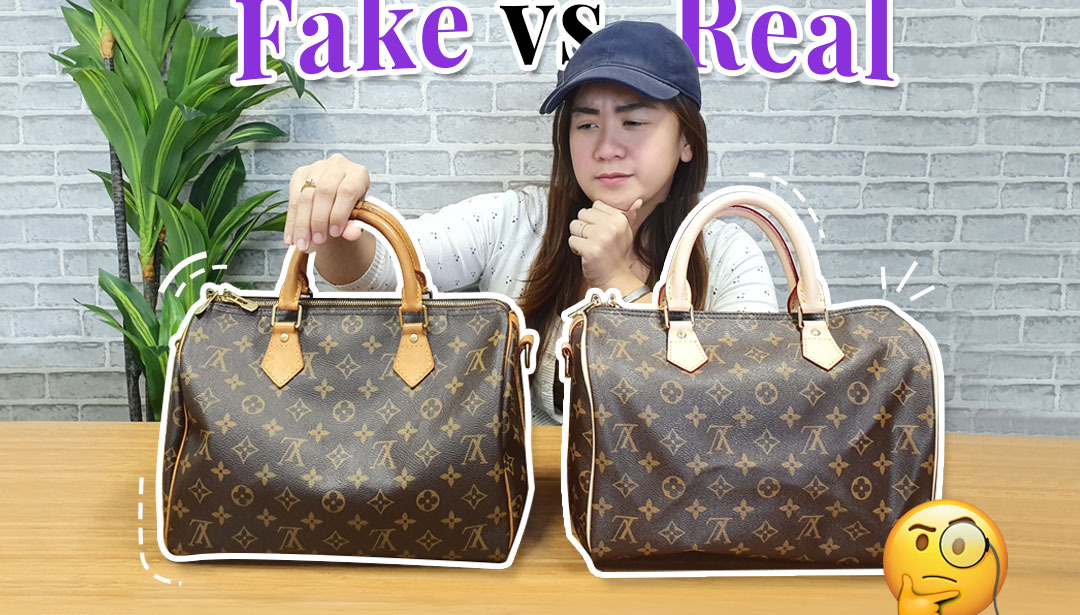


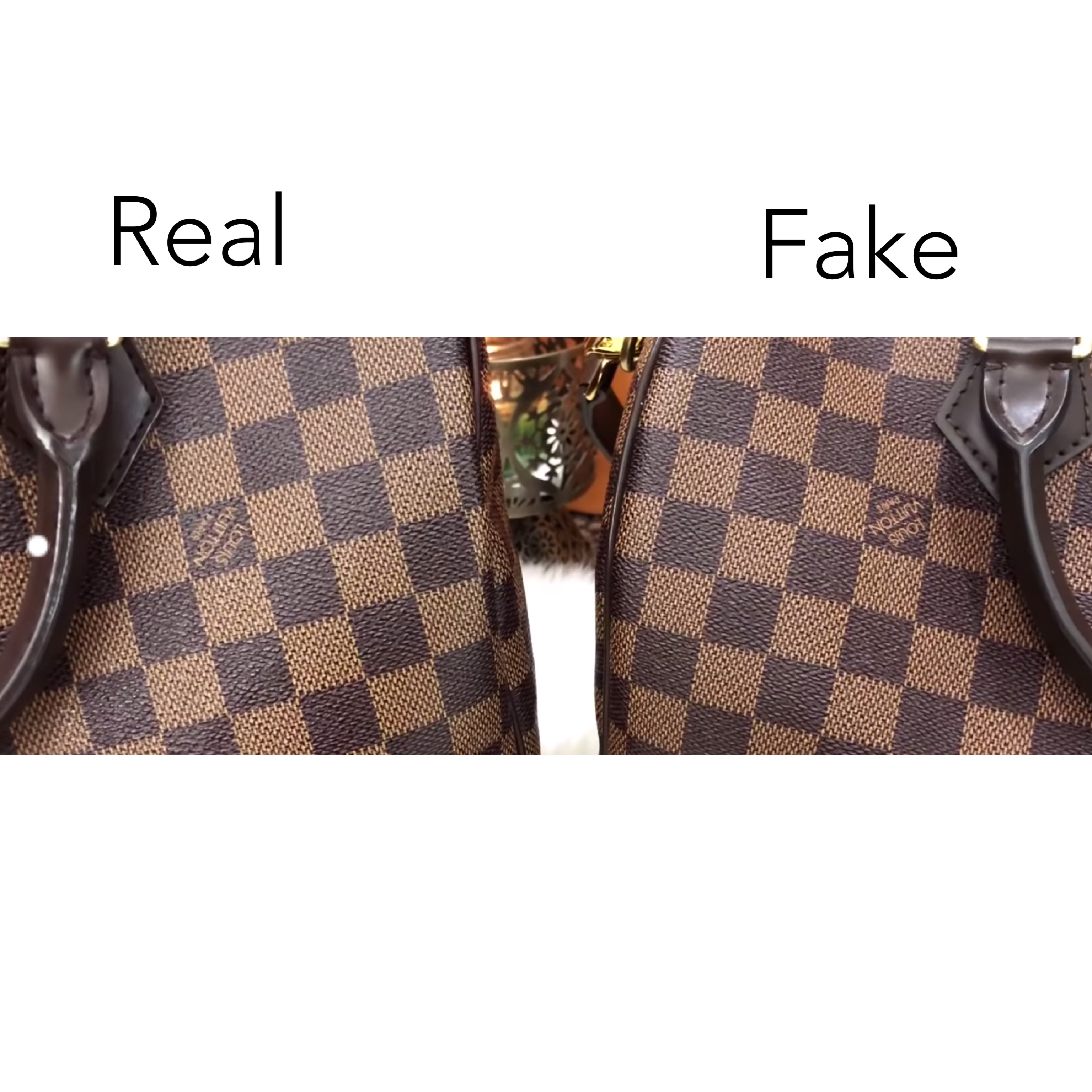


![Fake Louis Vuitton Vs Real Bag How To Spot Real Vs Fake Louis Vuitton Bag [2023 Update] – LegitGrails](https://cdn.shopify.com/s/files/1/0094/6307/0798/files/How_to_Spot_Fake_Louis_Vuitton_Handbags_img5.jpg?v=1666040243)
